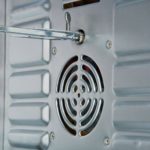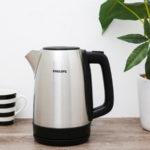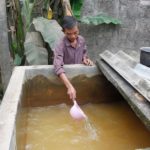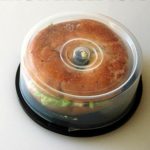A study published earlier this year in the scientific journal Proceedings of the National Academy of Sciences (PNAS) revealed that, on average, each liter of bottled water contains approximately 250,000 plastic particles, a hundred times more than previously estimated.
Specifically, scientists analyzed five water bottles from three popular brands (names undisclosed). On average, they found about 240,000 plastic particles of seven different types, mostly in nano form.
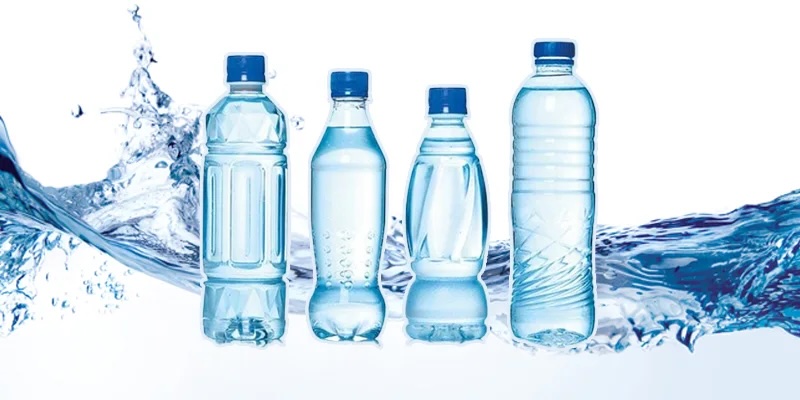
On average, each liter of bottled water contains approximately 250,000 plastic particles
“This study provides a powerful tool to address the challenges in analyzing nano plastics, opening up opportunities to narrow the current knowledge gap on nano-scale plastic pollution,” said Naixin Qian, the study’s lead author at Columbia University, USA.
However, research into the real impact of nano plastics is still ongoing.
A recent study published in the journal Science and Environmental Technology Express by Professor Li Zhanjun from Guangzhou Medical University and Professor Zeng Yongping from Tianjin University’s School of Environment, revealed that simply boiling and filtering water can remove up to 84% of nano and micro plastics. This is the simplest and safest method to purify water, reducing the amount of micro plastics absorbed by humans through drinking water.
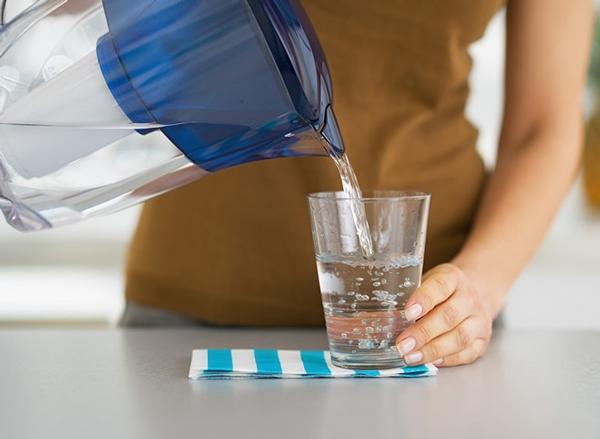
Boiling and filtering water can remove up to 84% of nano and micro plastics
The study showed that during the process of boiling water, as the temperature increased from 25°C to 95°C, the removal efficiency of microplastic particles in the water increased from 2% to 28%, and reached an impressive 84% at 100°C. At the same time, the concentration of microplastic particles decreased from 30 particles/microliter to 4.8 particles/microliter.
So, where do the microplastic particles go? The study found that the removed microplastic particles transferred from the water to the precipitated sediment. The calcium carbonate in the sediment has the ability to remove microplastic particles from the water by precipitating with them.
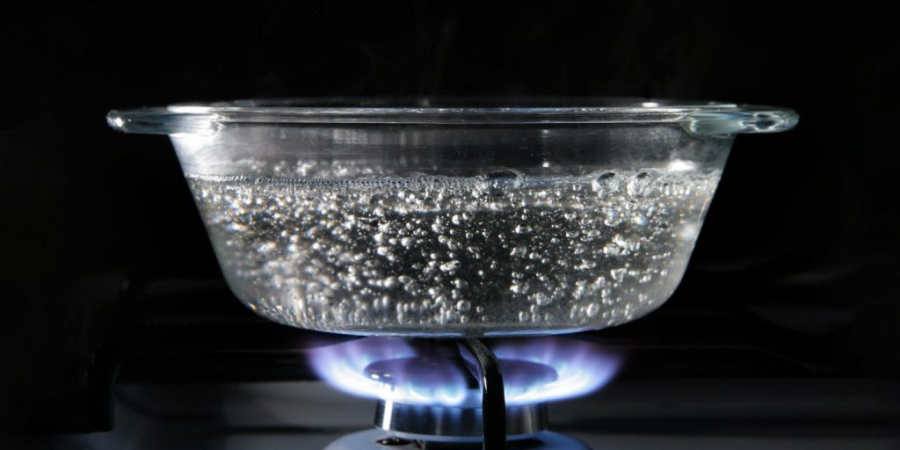
Finally, the study compared the amount of micro plastics consumed by adults and children through boiled water and tap water in 67 areas on six continents, based on varying water quality and drinking habits globally. The results showed that the daily intake of micro plastics through boiled water was two to five times less than that of tap water.
The scientists reinforced the argument that the ancient wisdom of drinking boiled and cooled water can effectively remove micro plastics.
Maximizing Durability and Energy Efficiency with High-Speed Kettles: Tips and Advice
Are you an electric kettle aficionado? If so, you’ll appreciate Ði?n máy Xanh’s latest offering. We’ve compiled comprehensive instructions to help you make the most of your electric kettle, including tips on how to prolong its life as well as maximize energy savings. Let’s get your kettle expertise up to date!

























